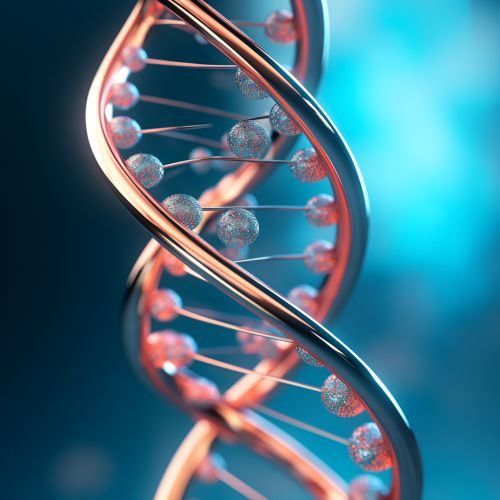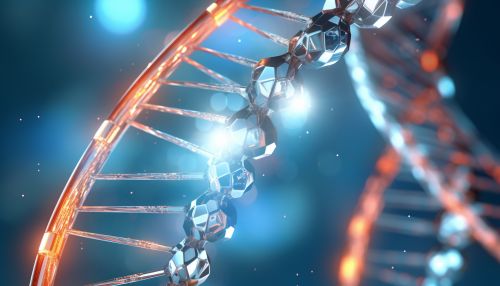Lesch-Nyhan Syndrome
Overview
Lesch-Nyhan syndrome is a rare genetic disorder that affects approximately one in 380,000 live births. It is characterized by overproduction of uric acid, neurological disabilities, and self-injurious behavior. The syndrome is named after two doctors, Michael Lesch and William Nyhan, who first described the condition in 1964.
Genetics
Lesch-Nyhan syndrome is caused by mutations in the HPRT1 gene, which is located on the X chromosome. This gene provides instructions for producing an enzyme called hypoxanthine-guanine phosphoribosyltransferase (HGPRT), which plays a crucial role in the metabolism of purines. Purines are key components of DNA, RNA, and molecules that serve as energy sources within cells.


Mutations in the HPRT1 gene lead to a deficiency of HGPRT, which disrupts the normal balance of purines in cells. As a result, excess purines are converted into uric acid, leading to hyperuricemia (an abnormally high level of uric acid in the blood). This can cause gout, kidney stones, and other health problems.
Symptoms
The symptoms of Lesch-Nyhan syndrome typically become apparent in the first year of life. Infants with the condition may appear normal at birth, but they soon begin to show signs of developmental delay and abnormal muscle tone. They may have difficulty feeding, fail to reach developmental milestones at the expected times, and exhibit involuntary muscle movements.
As children with Lesch-Nyhan syndrome grow older, they often develop self-injurious behaviors, such as biting their own lips, cheeks, and fingers. This is a distinctive feature of the syndrome and can lead to severe injury and disfigurement if not properly managed.
Other symptoms of Lesch-Nyhan syndrome may include cognitive impairment, behavioral problems, and physical disabilities. These can vary widely in severity, even among individuals with the same mutation in the HPRT1 gene.
Diagnosis
The diagnosis of Lesch-Nyhan syndrome is typically based on the presence of characteristic clinical features, such as self-injurious behavior and overproduction of uric acid. Laboratory tests can confirm the diagnosis by showing a deficiency of HGPRT in blood cells or other tissues.
Genetic testing can also be used to identify mutations in the HPRT1 gene. This can be particularly useful for confirming the diagnosis in individuals with atypical symptoms or for prenatal diagnosis in families with a known history of the condition.
Treatment
There is currently no cure for Lesch-Nyhan syndrome, so treatment is aimed at managing the symptoms and improving quality of life. This may involve a combination of medications, physical therapy, and behavioral interventions.
Medications can be used to control the overproduction of uric acid and prevent complications such as gout and kidney stones. Allopurinol is commonly used for this purpose.
Physical therapy can help to improve muscle tone and mobility, while behavioral interventions can help to manage self-injurious behaviors. In severe cases, surgical intervention may be necessary to prevent self-injury.
Prognosis
The prognosis for individuals with Lesch-Nyhan syndrome varies depending on the severity of symptoms. While some individuals may be able to lead relatively independent lives with appropriate support, others may require intensive care and supervision.
Life expectancy is also variable, with some individuals living into adulthood while others may die in childhood or adolescence due to complications of the disease.
